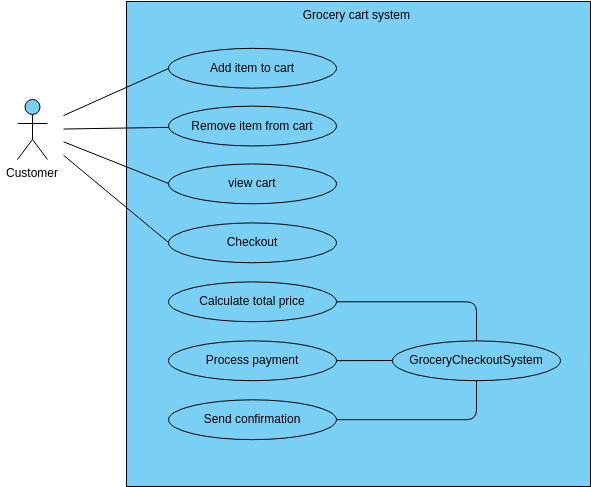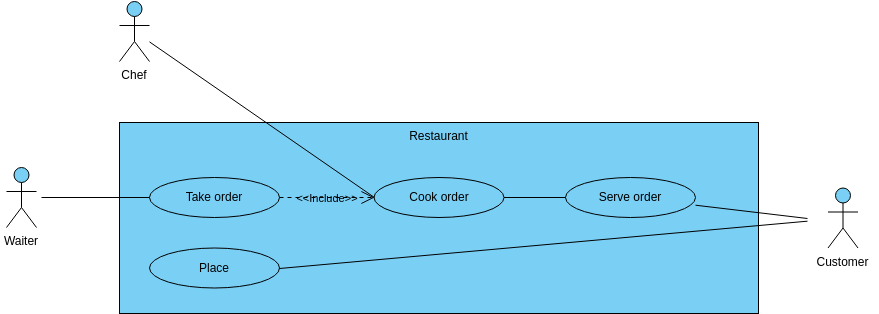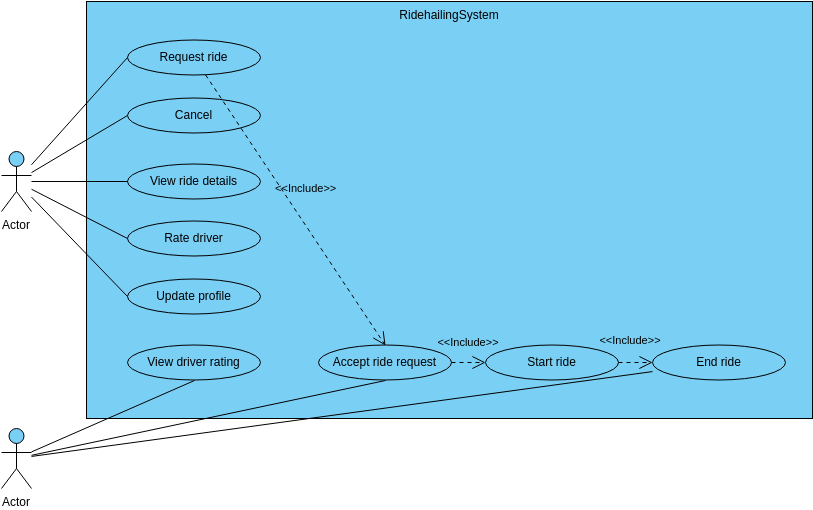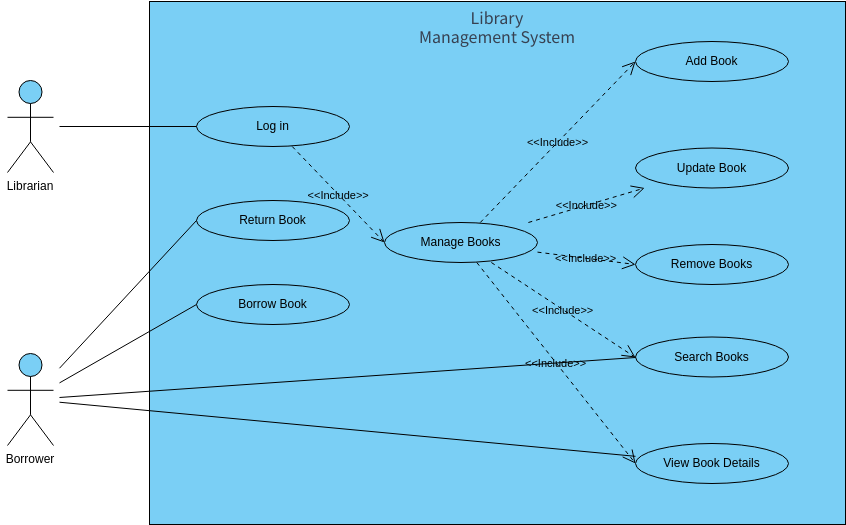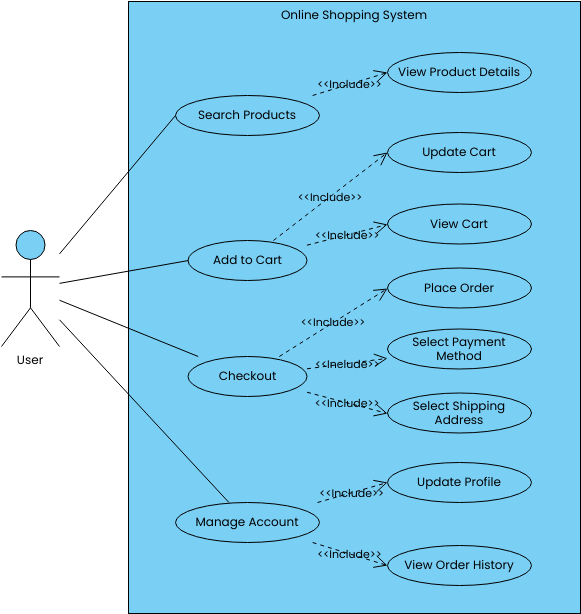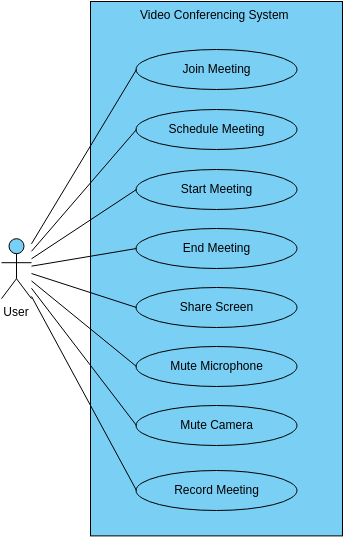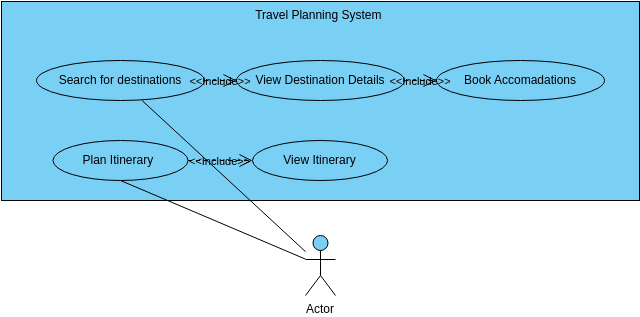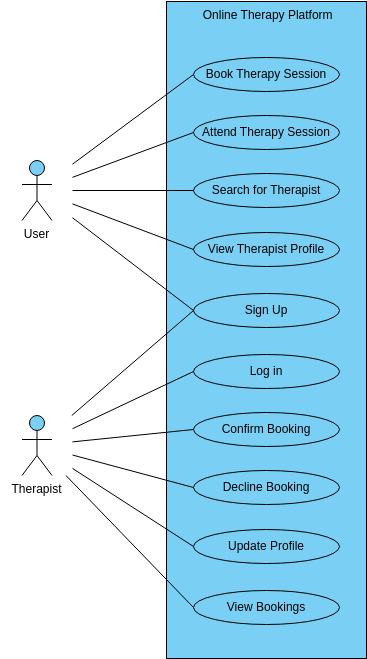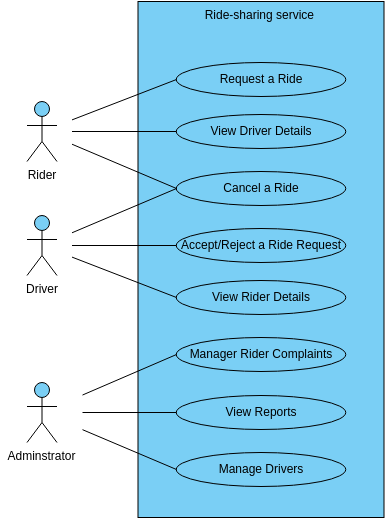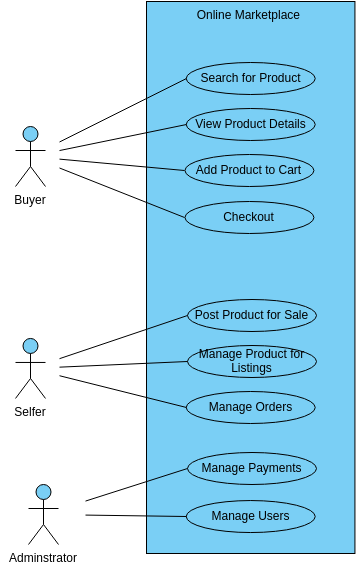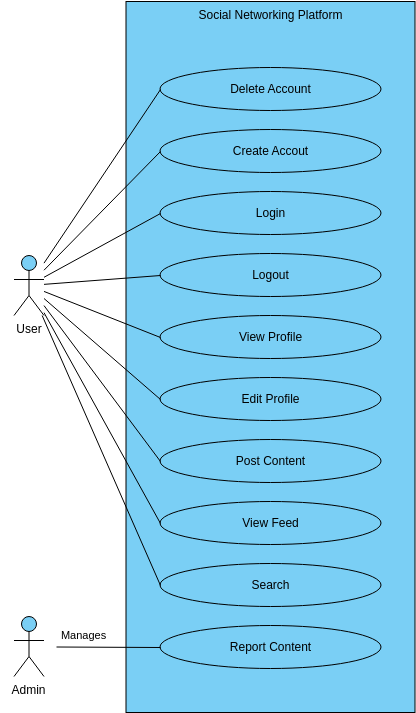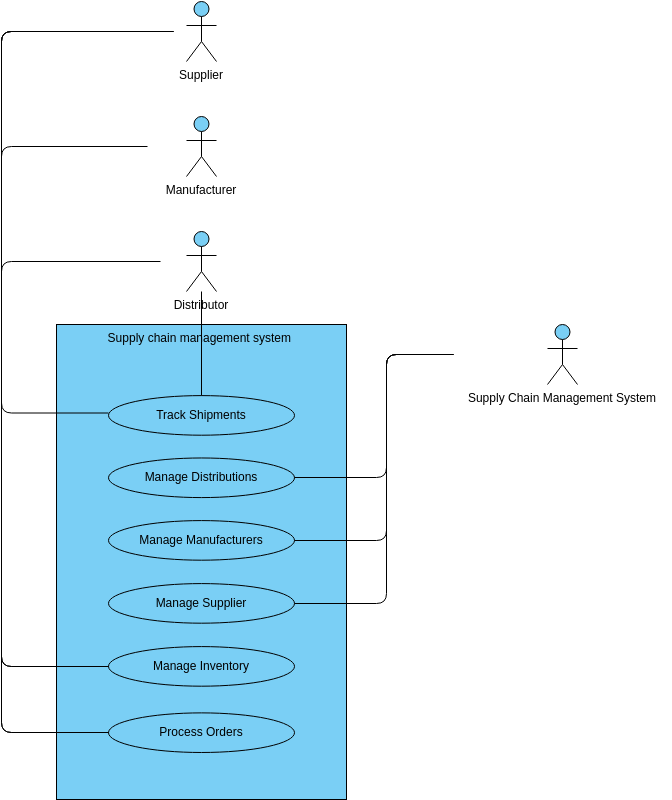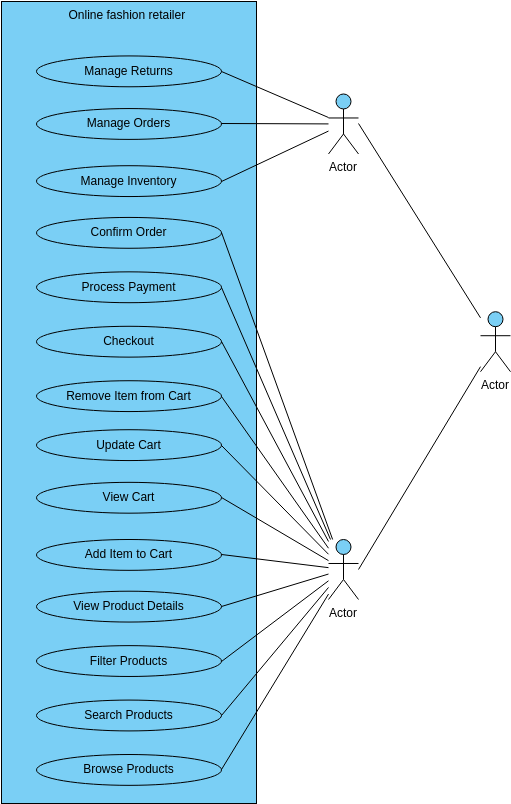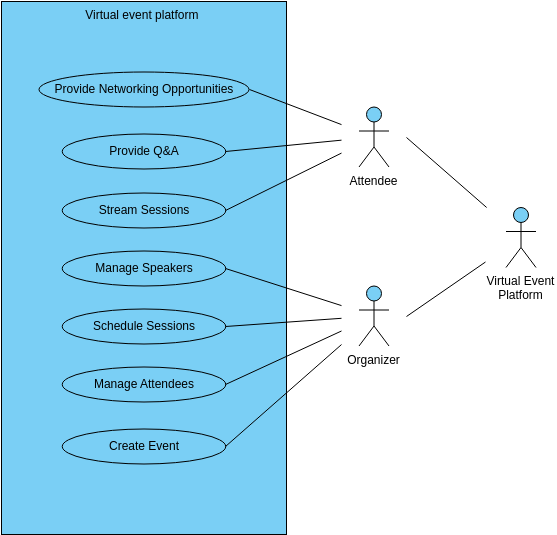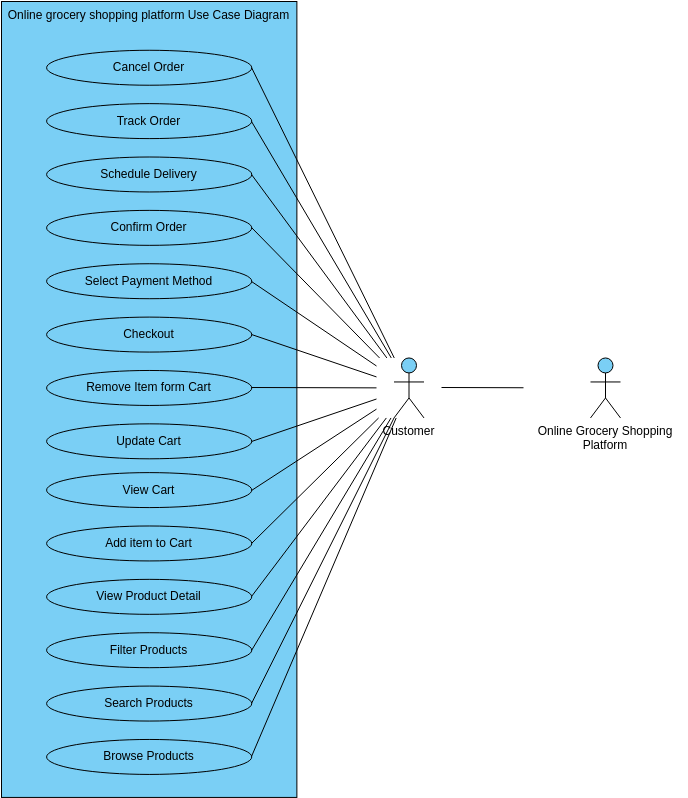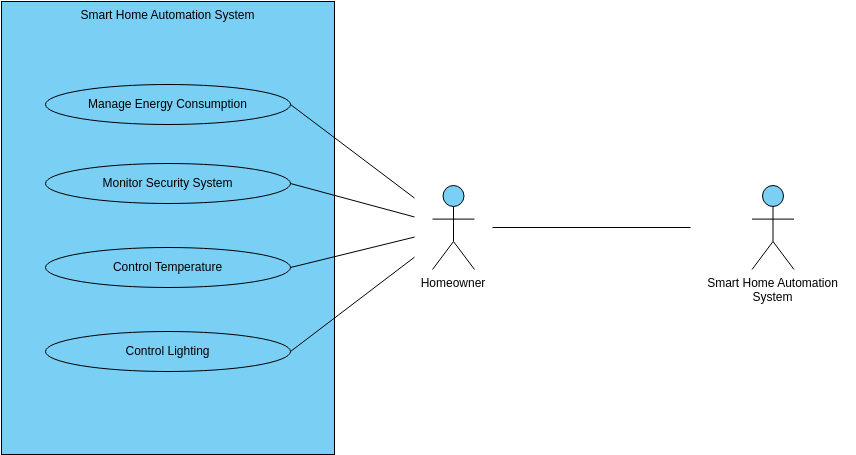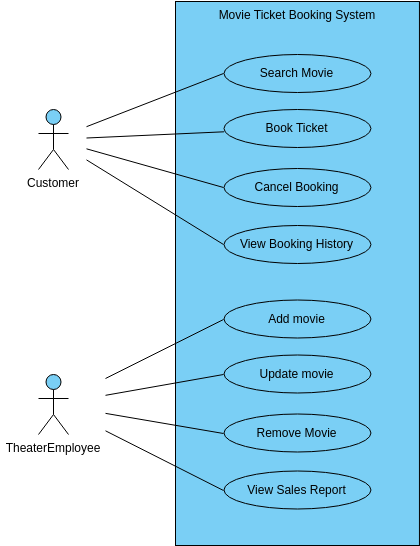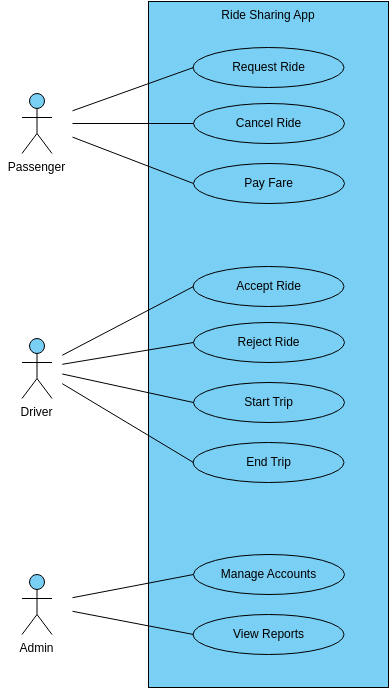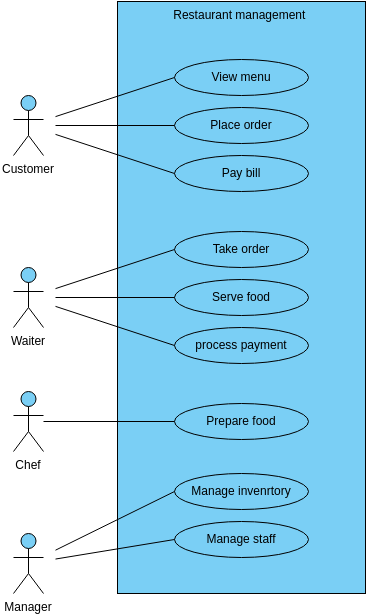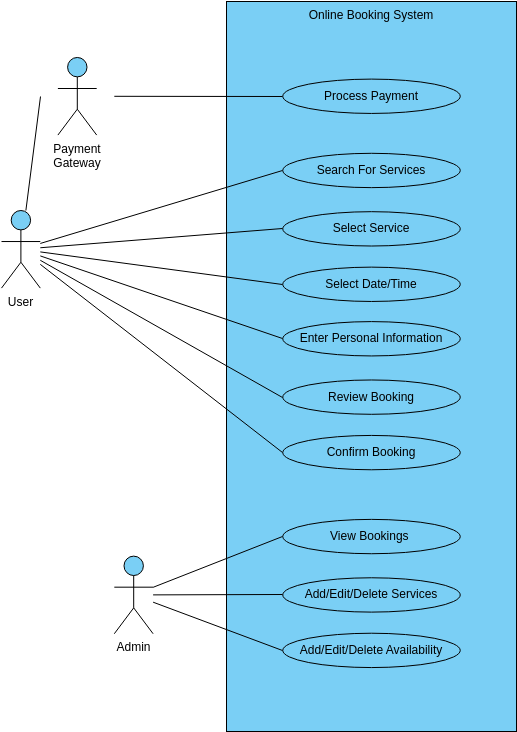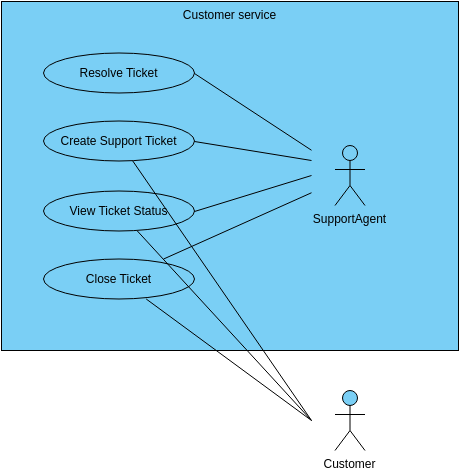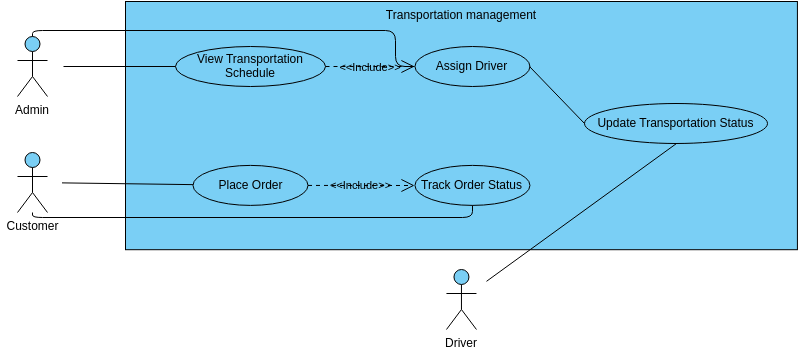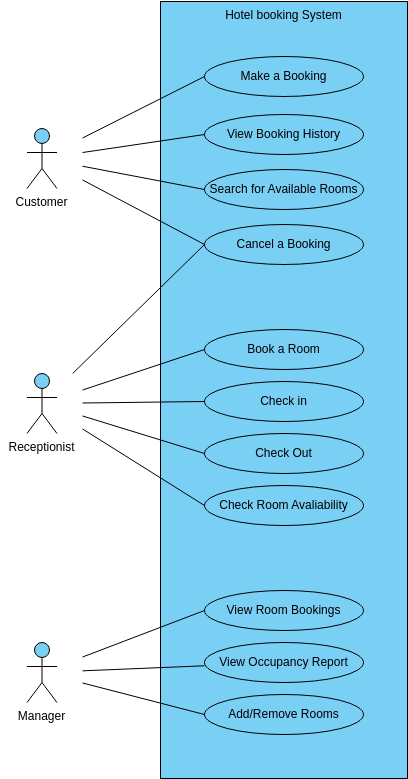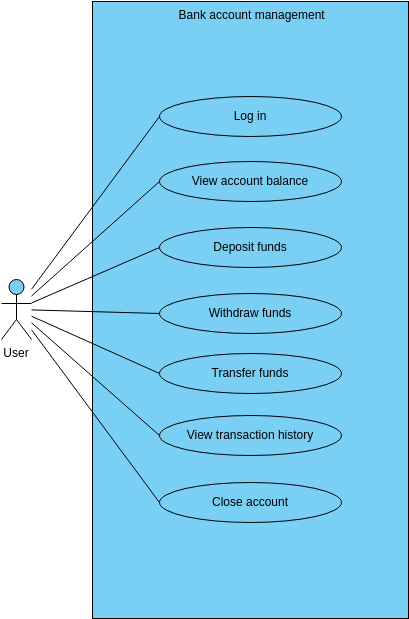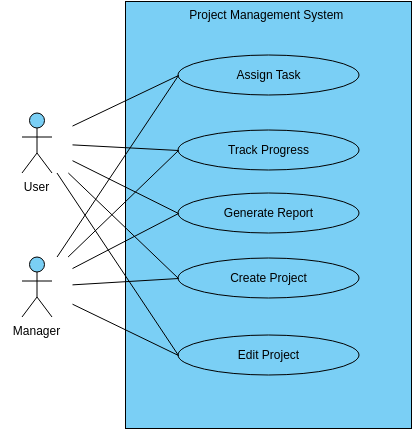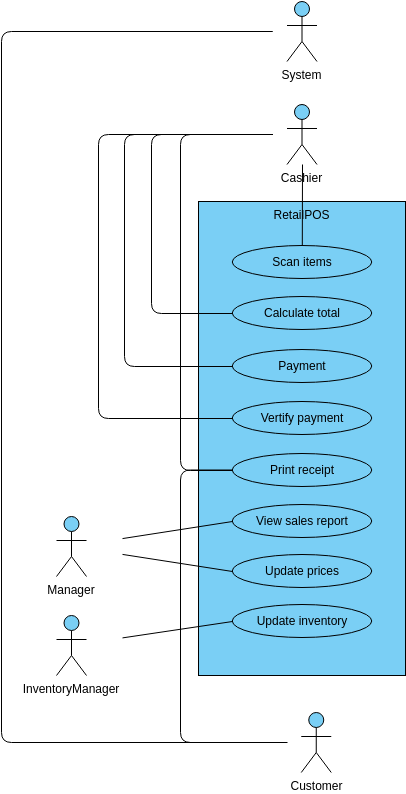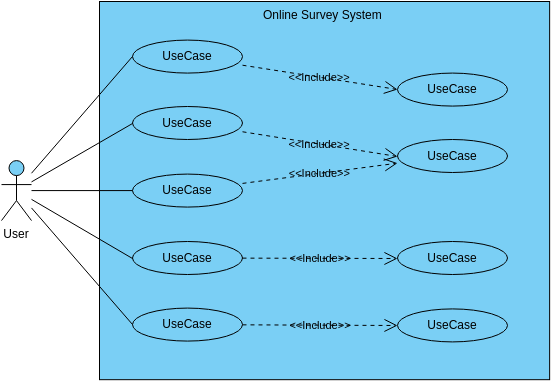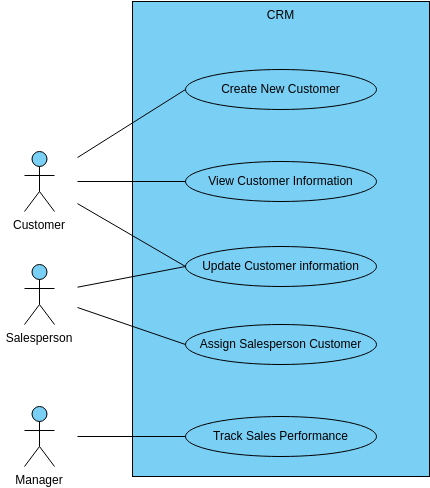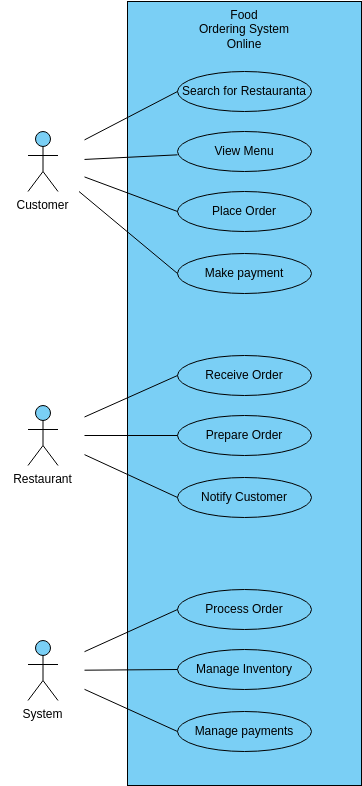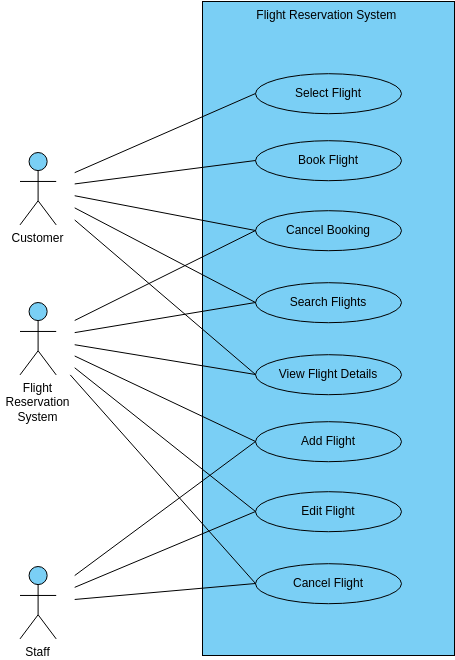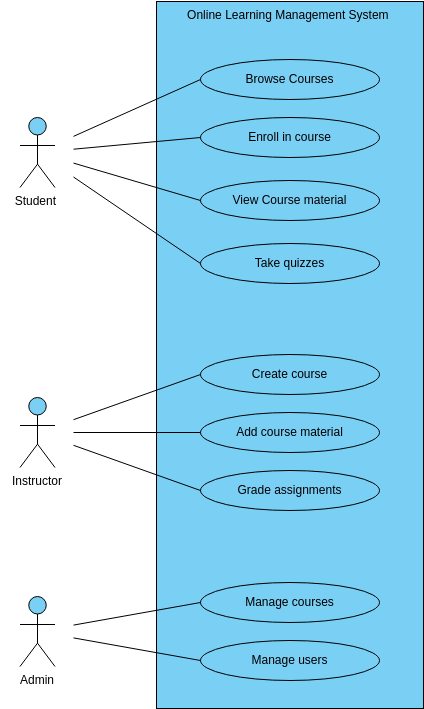Video Streaming Service
A Video Streaming Service is a platform that offers a wide range of movies, TV shows, and other video content to users. The Browse Content use case allows users to search for and browse available content on the platform, such as movies, TV shows, and documentaries. This use case involves interactions between the user interface and the platform's content database. Users can search for content based on various criteria such as genre, release year, and cast, making it easier for them to find the content they want to watch.
The Add to Watchlist use case allows users to add content to their watchlist, enabling them to easily find and watch their favorite content on the platform. This use case involves interactions between the user interface and the user's watchlist. Users can add content to their watchlist with a single click, and they can add or remove content from their watchlist at any time, providing them with a highly personalized and flexible viewing experience.
The Rate Content use case allows users to rate the content they have watched, providing feedback on the quality of the content and helping other users discover new and interesting content. This use case involves interactions between the user interface and the platform's rating system. Users can rate content on a scale of one to five stars, and the platform uses this data to make personalized recommendations to other users based on their viewing history and preferences.
Pros of creating this use case diagram
Creating a use case diagram for a Video Streaming Service provides several benefits. First, it helps to visualize the service's features and user interactions, making it easier to understand how different parts of the service work together. This can be particularly helpful for service providers that are new to video streaming or have complex content libraries that involve multiple categories or genres. By creating a diagram, service providers can ensure that everyone involved in the service has a clear understanding of how it works and what their role is in the process.
Second, creating a use case diagram can help service providers identify areas for improvement or optimization within the service. By visualizing the service's features and user interactions, providers can identify bottlenecks or areas where there may be redundancy or inefficiencies. This information can be used to streamline processes, optimize workflows, and improve overall service performance. Additionally, by having a clear understanding of the service's features and user interactions, providers can more easily identify areas where they may need additional content or technical support to fully leverage the service's capabilities. Overall, creating a use case diagram for a Video Streaming Service is a valuable exercise that can help service providers optimize their processes, improve performance, and better serve their users.
Benefits of creating this chart
Creating a use case diagram for a Video Streaming Service provides several benefits. First, it helps to visualize the service's features and user interactions, making it easier to understand how different parts of the service work together. This can be particularly helpful for developers who are new to the service or have complex video streaming models that involve multiple content types and user preferences. By creating a diagram, developers can ensure that everyone involved in the development process has a clear understanding of how the service works and what their role is in the process.

